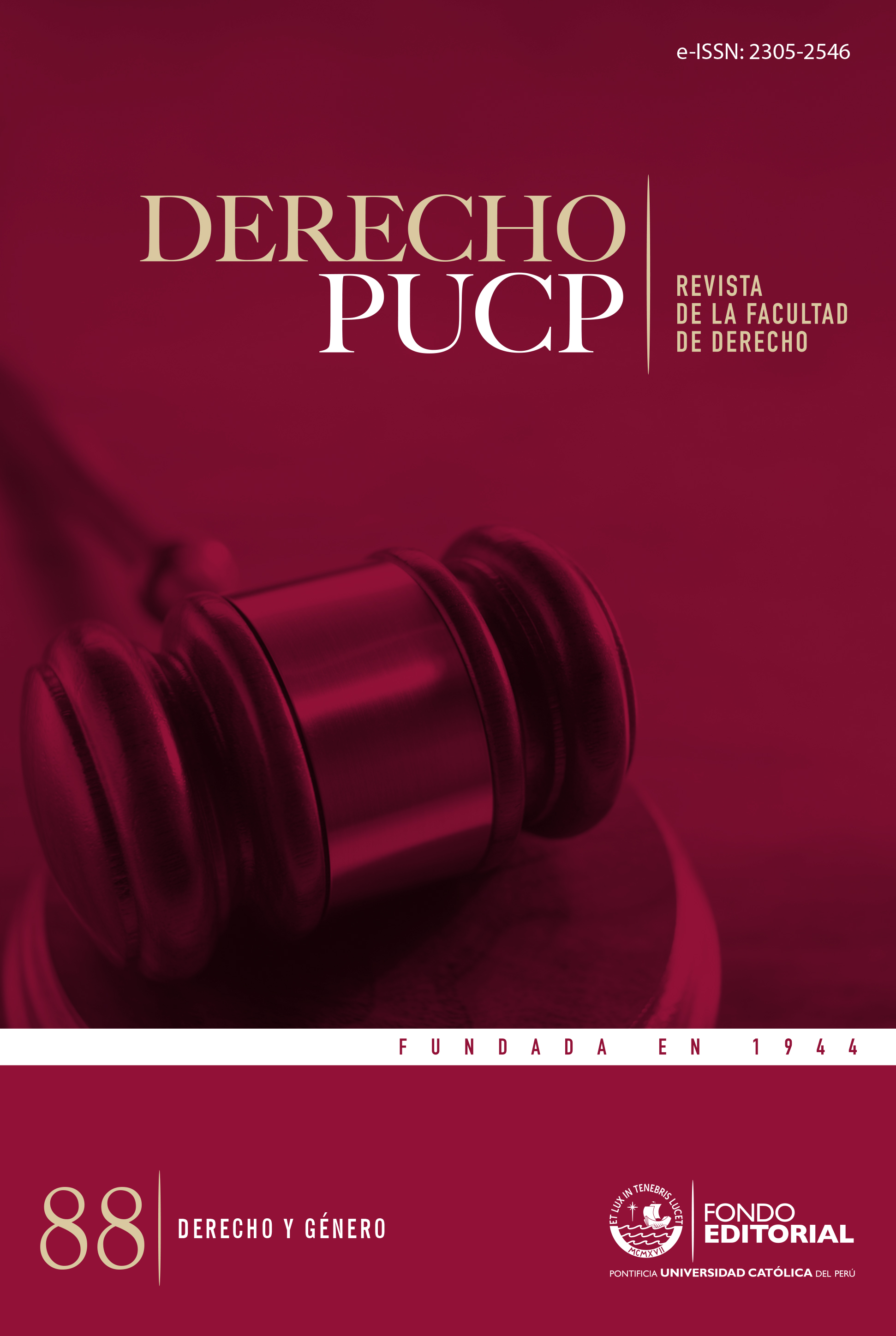Conceptualizando la violencia y la violencia física: un análisis comparado de las legislaciones de Perú y Chile
DOI:
https://doi.org/10.18800/derechopucp.202201.001Palabras clave:
Violencia física, Violencia instrumental, Derecho penalResumen
Esta investigación busca contribuir a identificar los elementos centrales del fenómeno de la violencia a través de la conceptualización de la violencia física. De esta forma, al identificar los elementos del concepto de violencia física, también se identifican aquellos para una concepción más general de la violencia y sus diversas manifestaciones. Si bien parece intuitivamente autoevidente qué es aquello que constituye violencia física, hay varias ambigüedades que aparecen bajo un examen más detallado. Una simple pregunta puede ilustrarlo: ¿son todos los homicidios actos de violencia? Si bien un homicidio doloso causado mediante un disparo es un acto de violencia física, ¿lo es también una muerte causada en un accidente de tránsito? No hay una respuesta obvia a esta segunda pregunta. Para desarrollar una respuesta es necesario conceptualizar primero la violencia física, pero no hay investigaciones específicas que apunten a clarificar su significado. La investigación contribuye a llenar este vacío en la literatura, identificando elementos para conceptualizar qué es la violencia física a través de un análisis filosófico y comparativo, y concluyendo que dichos elementos, debidamente modificados y particularizados, pueden utilizarse para entender diferentes formas de violencia.
Descargas
Descargas
Publicado
Cómo citar
Número
Sección
Licencia
Derechos de autor 2022 Jose Manuel Fernandez

Esta obra está bajo una licencia internacional Creative Commons Atribución 4.0.




